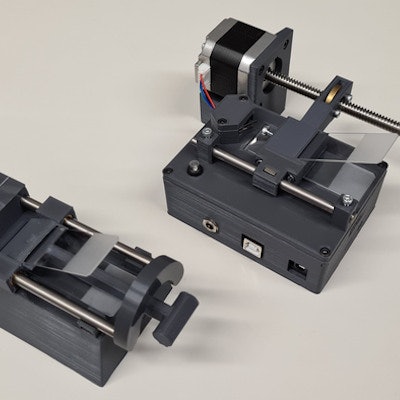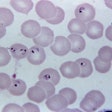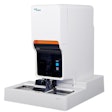
Researchers have developed devices to automate blood smears to help with easier diagnosis of malaria, according to research published on January 18 in the journal Review of Scientific Instruments.
Malaria is typically diagnosed by analyzing blood smears through a microscope. The devices, called the autohaem smear and autohaem smear+, can consistently create high-quality smears equivalent to those created by human experts.
Performing a blood smear is a laborious and repetitive task, and is frequently done incorrectly by technicians, with a failure rate exceeding 80% in some areas, according to the researchers, led by Samuel McDermott of the department of physics at Cambridge University.
"In some countries, up to 81.5% of blood smears are prepared incorrectly," McDermott said. "If a blood smear is prepared incorrectly, when examined under a microscope, the technician will struggle to make a correct diagnosis. Because these smears are often made in a rural clinic and sent to a regional facility for examination, any issues in the smear could cause days of delay."
The researchers said that their autohaem smear and smear+ devices solve these problems by ensuring that the smears are correct and consistent. The autohaem smear+ is fully automated, with a motorized smearing mechanism that allows inexperienced technicians to produce expert-quality smears in tests, the researchers reported.
In addition, the devices are easy to build, using readily available or 3D-printed components, with all software and hardware open source and freely available, according to a news release.
The researchers plan to test the devices in real-world conditions at the Ifakara Health Institute in Tanzania.
"They will be able to manufacture and use the devices as part of their research," McDermott said. "We will be able to use their feedback to improve the design of the device for rural clinics."

















